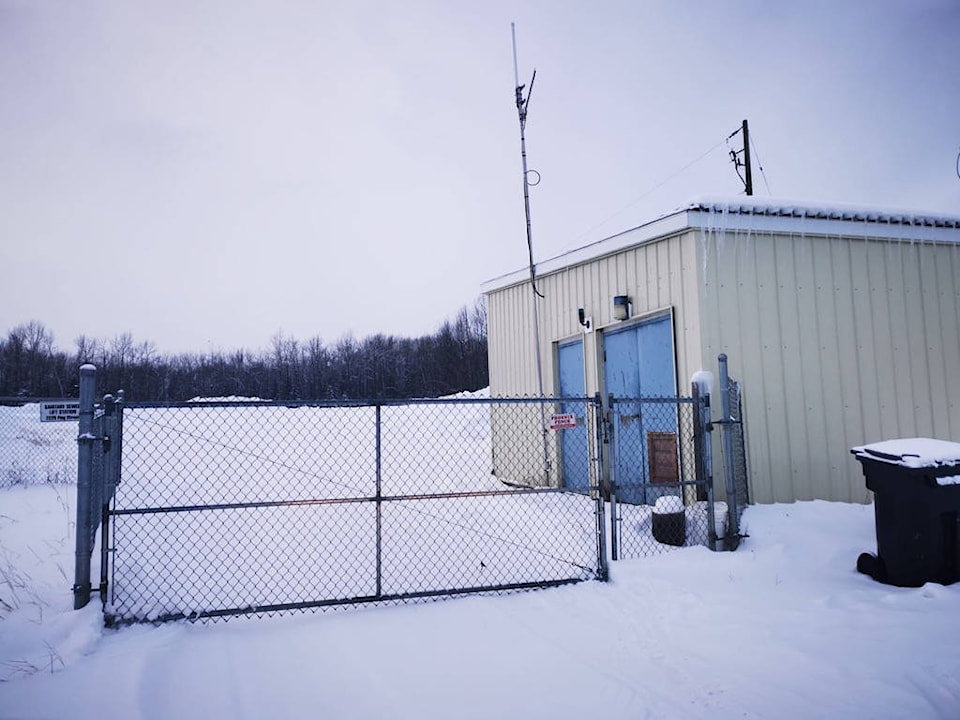Coastal GasLink and the District of Houston are continuing to discuss what’s needed and the costs involved for the former to dispose of work camp waste in the latter’s sewage disposal system.
At the moment liquid waste from the company’s Camp 9A is being transported by vacuum truck to Houston where it is deposited in a holding chamber before being introduced into the main system.
But the camp is nowhere near capacity and more infrastructure from the District will be needed when its population climbs as work along Coastal GasLink’s pipeline route intensifies.
“The equalization chamber is not designed as a dumping site, but as a contingency for a major system overflow and backup,” says District of Houston chief administrative officer Gerald Pinchbeck.
“In the event of larger than anticipated volumes, the equalization chamber holds extra liquid waste and slowly pumps it into the downstream system to prevent overflow and backup of the system.”
What’s under discussion between the two parties for the District to accommodate the increased demand is a septage receiving station with a grinder and rock trap and electronic monitors to measure the contents of the waste received, Pinchbeck continued.
“This facility would not only accurately measure volumes received, but also reduce the risk of a failure of the system due to a build up of solid materials and silt/sand.”
Coastal GasLink is now paying $6 per cubic metre for the service being provided.
The company will need to dispose of waste from Camp 9A as well as the Huckleberry camp, both located south of Houston and both two of the large camps that are being built along the pipeline route from the northeast to the LNG Canada liquefied natural gas facility now under construction at Kitimat.
“Peak occupancy for 9A is not expected until summer 2021, when there is anticipated to be as many as 450 workers. The number of workers ebbs and flows depending on the work that’s being done. So, not necessarily a gradual increase over time,” said Coastal GasLink official Suzanne Wilton.
The Huckleberry camp is also expected to reach peak occupancy of 450 people in 2021 as workers dig the trench network in which 48-inch diameter pipeline sections will be placed and then covered up.
“We are working with [the District] directly to support infrastructure upgrades to their system that would enable Coastal GasLink to continue to be a customer when the workforce increases,” said Wilton of the discussions now underway.
“Similar to 9A, the Huckleberry site will utilize the District of Houston system and we are working with them to make sure it’s a win-win for both parties,” she said.
Pinchbeck said the District had anticipated requests for services from Coastal GasLink as early as 2016 as the company laid out detailed construction plans.
Any additions to District services to accommodate Coastal GasLink will fall within the regulatory standards established by the province that are already followed, he added.
Coastal GasLink will also purchase potable water from the District.
